Picture and text teaching: ice-shaken latte at a glance

As mentioned in the previous article, once the ice melts, the taste of the ice latte is easily reduced, and the overall texture does not seem to be as dense as the hot latte. For this reason, Qianjie teaches you to make ice lattes with an extra step: shake!
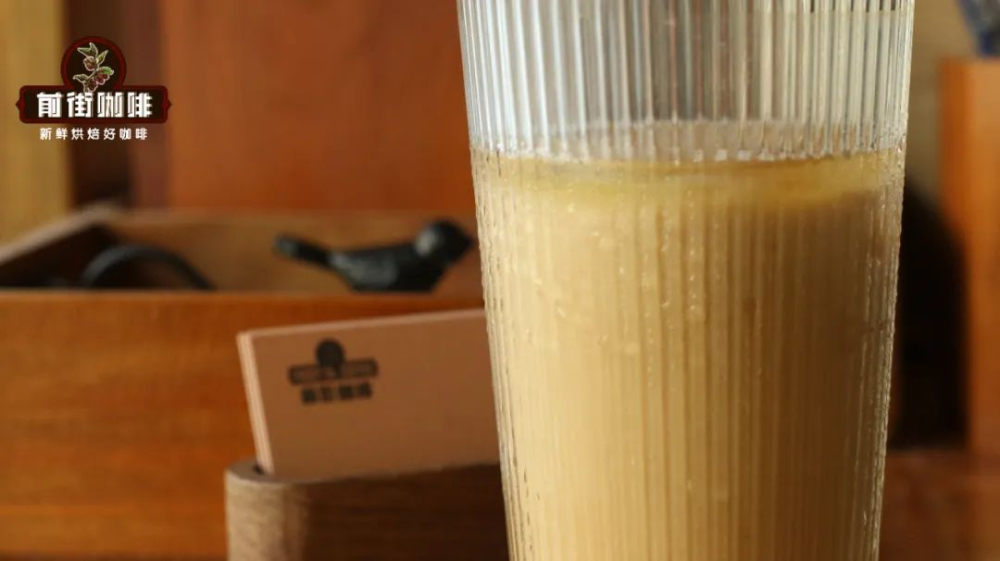
The use of external force to foam the coffee liquid poured into the milk, not only makes the coffee full of the original fragrance, but also adds a rich taste of dense foam. In order to enhance our taste buds' perception of other flavors and set off a pleasant sweetness, Qianjie will also add a little salt to the iced latte.
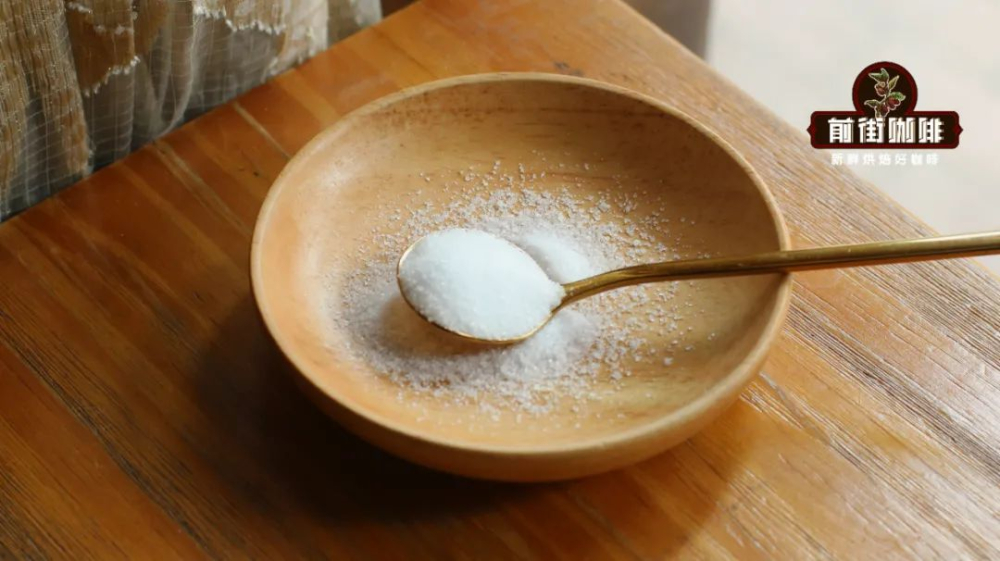
Method 1: first find a foam-beating appliance, which can be a hand-held electric foam machine, or you can directly use a pressure pot like in front of the street. The raw materials needed are: foam maker, espresso, fresh milk, fine salt and ice cups.
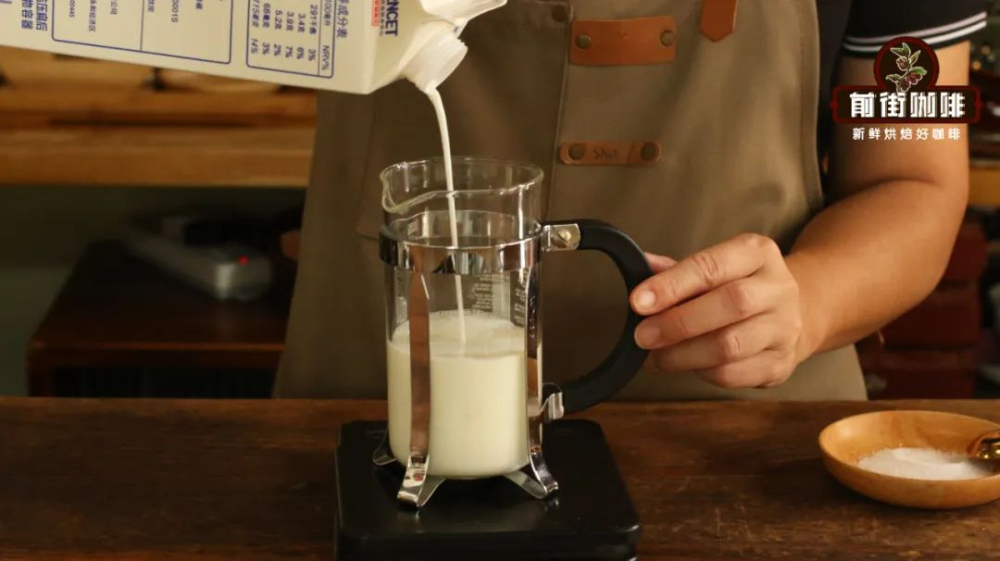
First pour 180ml's milk into the French kettle.
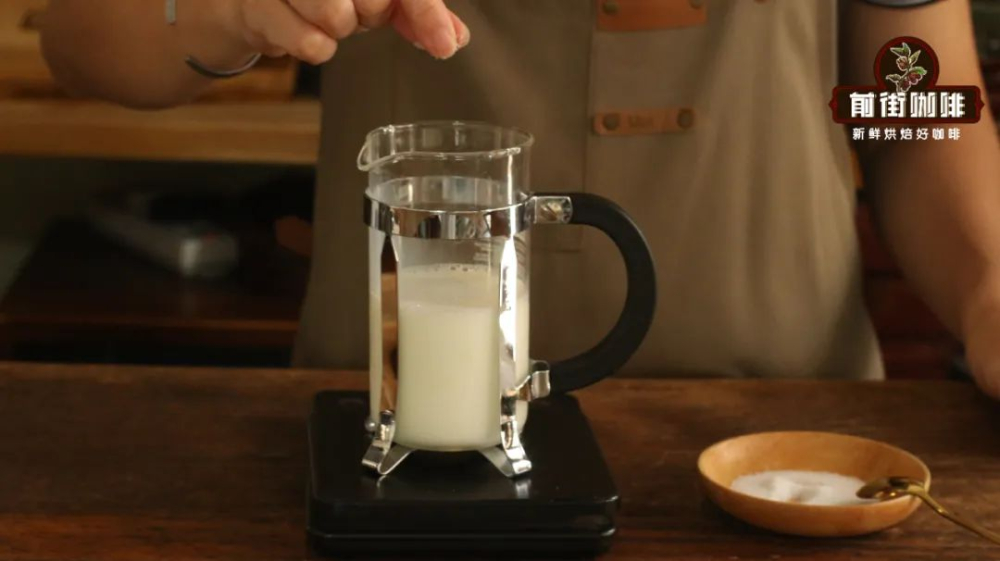
Then sprinkle a pinch of salt (a small amount is enough)
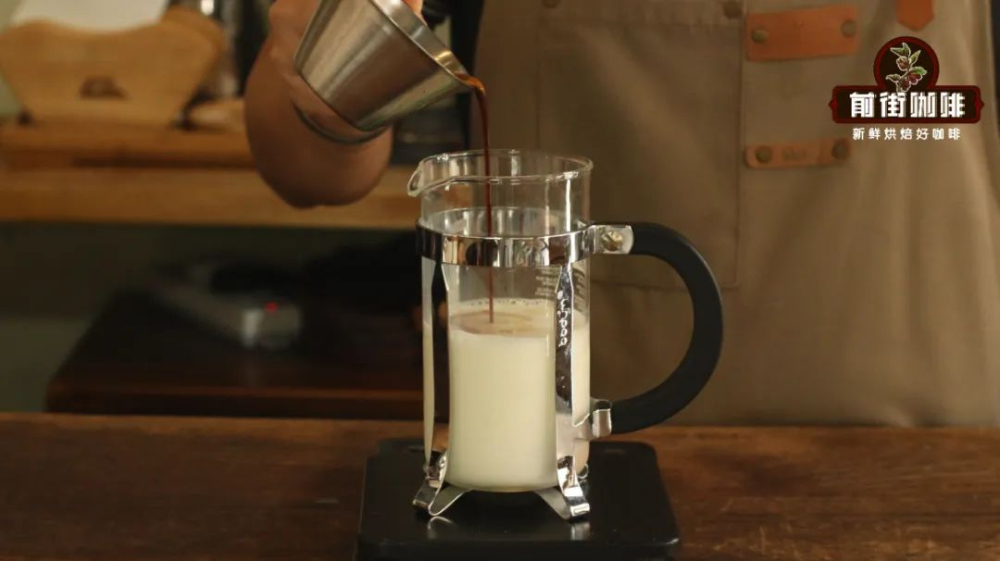
Extract 40 grams of espresso with 20 grams of coffee powder for 28 seconds and pour it into a French pressure pot.
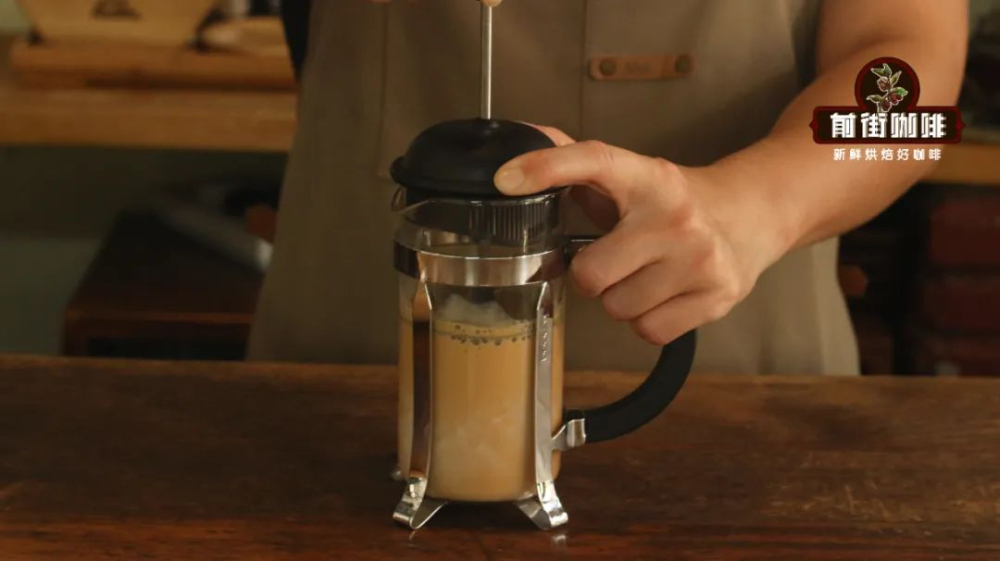
Close the lid by hand, pull the pressure bar and quickly press 5 times to inject air from top to bottom, then place the metal filter under the foam layer and press continuously for 6 times 10 times until the foam becomes smooth.
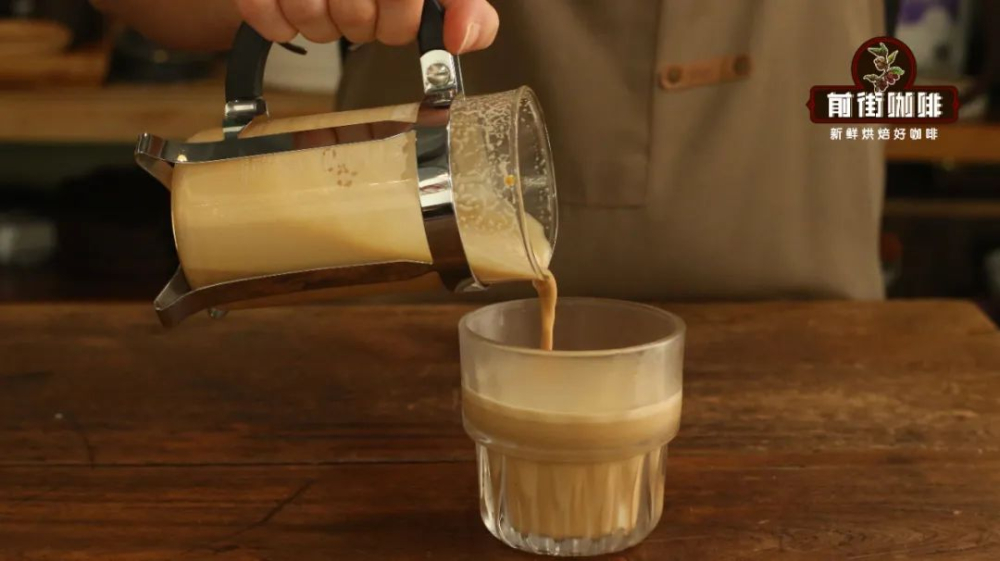
Take out the glass, add two ice cubes to the bottom (or use the ice glass directly), and pour the freshly beaten milk coffee into the cup.
Method 2: shake out the foam
First, we can find a sealed container that allows us to shake out the foam. It can be a special snow pot or a regular bottle and can at home. There is no material requirement, it can be stuffed into ice cubes, and the seal will not let the liquid flow out. Qianjie will not pick, here is just finished drinking, washed honeysuckle dew glass bottle, can save it.
Raw materials to be used: wide-mouth sealed bottle / snow pot, espresso, fresh milk, fine salt, ice cubes, cups.
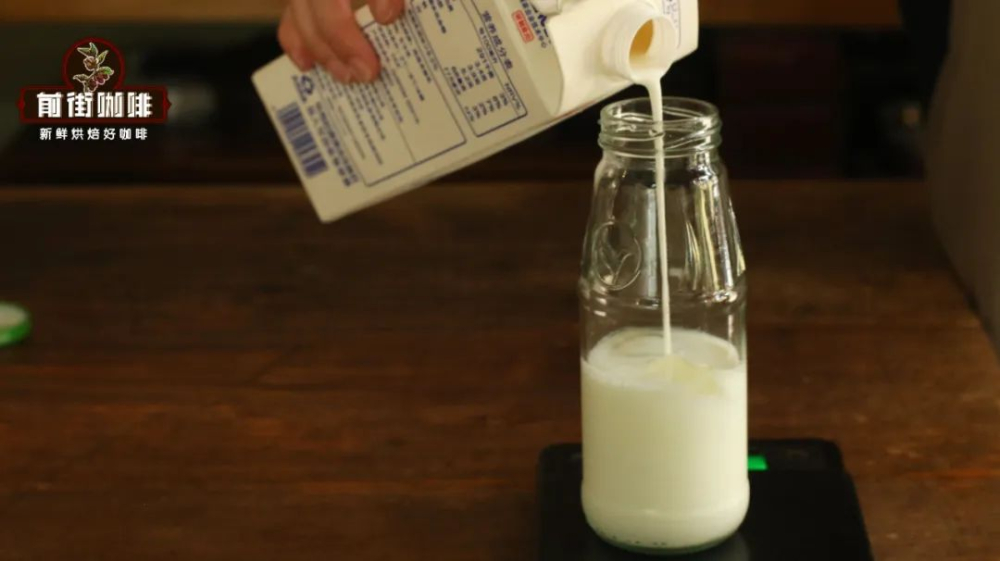
First add 50 grams of ice to the glass bottle and pour in 180ml milk
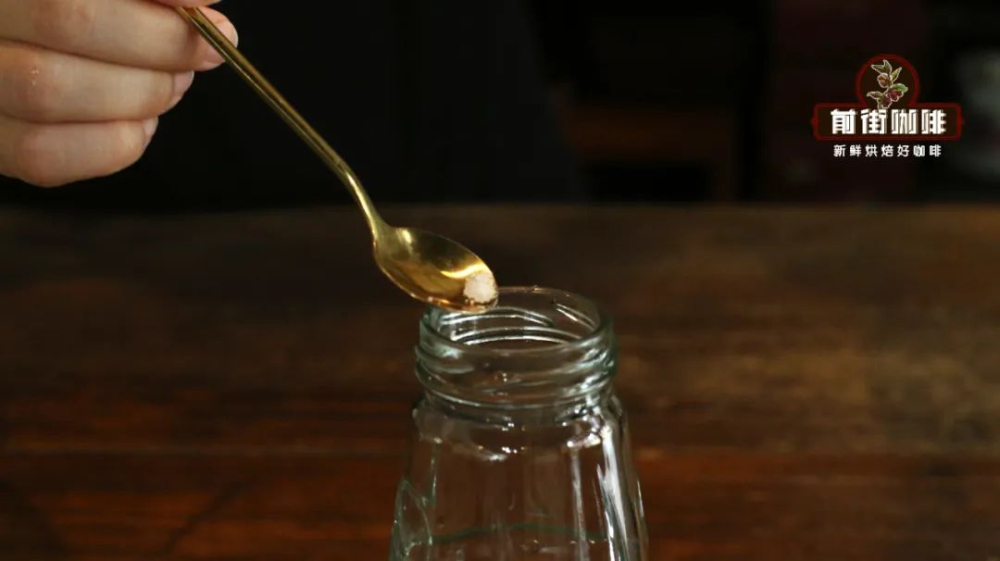
Sprinkle a pinch of salt (a small amount is enough)
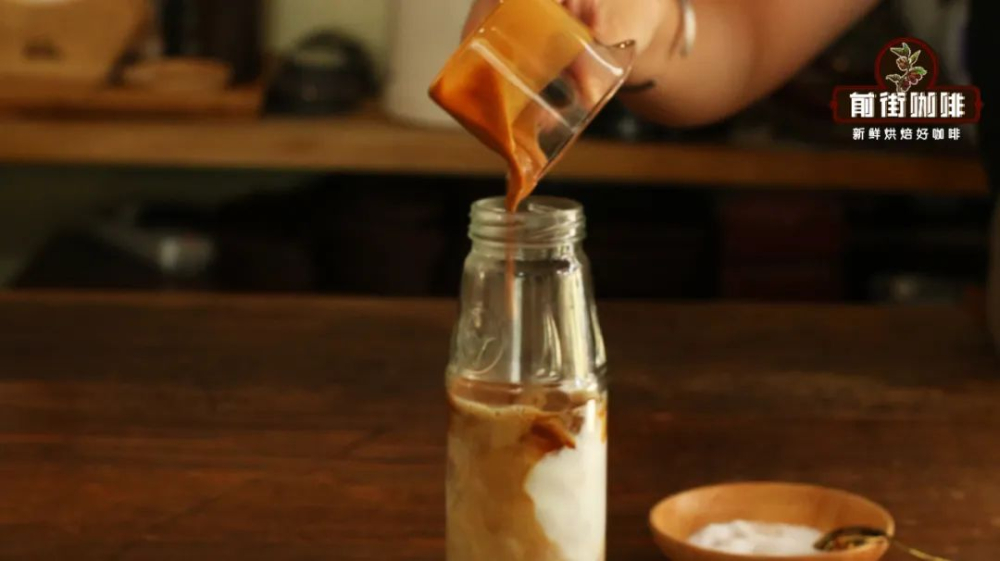
Extract 40 grams of espresso with 20 grams of coffee powder for 28 seconds and pour it into a glass bottle
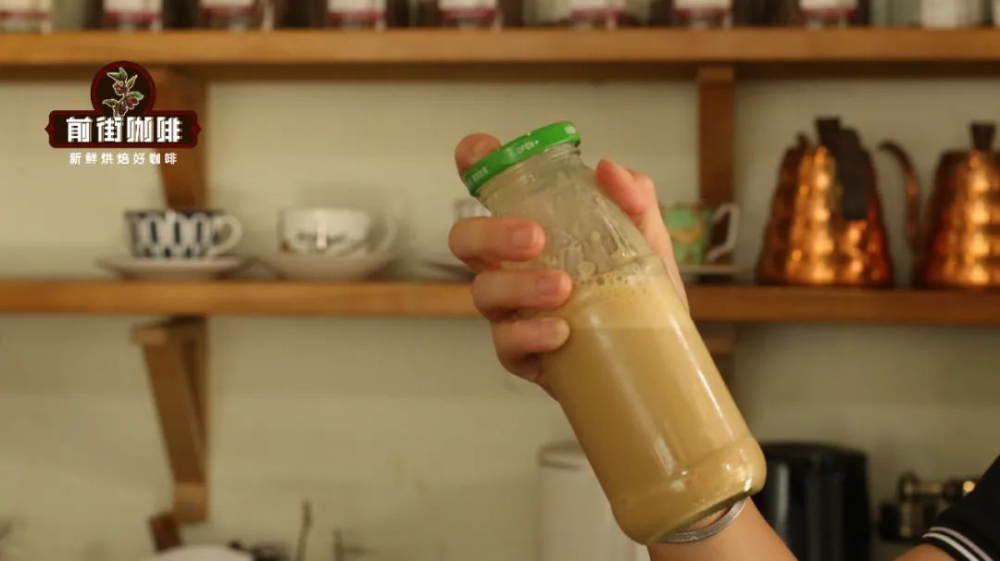
Close the lid and shake it up and down about 20 to 30 times until the foam thickens and thickens.
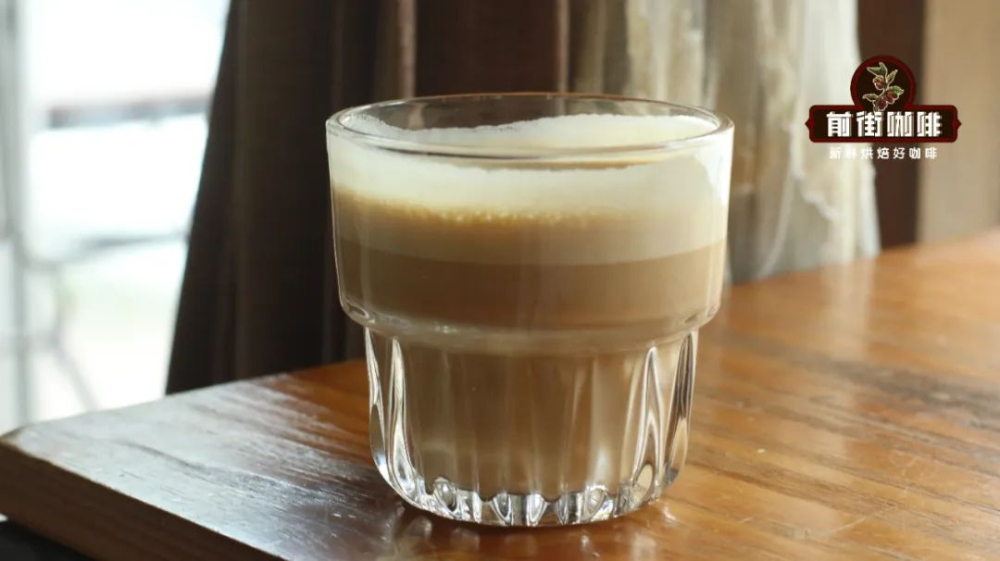
Finally, pour the milk coffee directly into the ice glass that has just been prepared, and you can begin to taste it.
-END-
Front Street Cafe
No. 10 Baoqian street, Yandun road, Dongshankou, Yuexiu district, Guangzhou, Guangdong province

Important Notice :
前街咖啡 FrontStreet Coffee has moved to new addredd:
FrontStreet Coffee Address: 315,Donghua East Road,GuangZhou
Tel:020 38364473
- Prev

How to make your own espresso iced latte? What is the right proportion of iced milk coffee?
When asked by a guest what to do with an iced latte, Qianjie replied: it's very simple, just like "how to put an elephant in the refrigerator." it's divided into three steps: ice, milk and coffee. I'm just kidding. In fact, what this friend wants to ask is, why did you use the same type of coffee beans?
- Next

Why do you wet the filter paper for hand-made coffee? What is the purpose of wetting filter paper in advance?
One day before the street barista was brewing a pot of ice hand and hot hand to make coffee, a guest asked, "Why did you two, one with wet filter paper and the other without wet?" Is wetting filter paper a necessary action before cooking? If not, when will you need wet filter paper? Want to know
Related
- Beginners will see the "Coffee pull flower" guide!
- What is the difference between ice blog purified milk and ordinary milk coffee?
- Why is the Philippines the largest producer of crops in Liberia?
- For coffee extraction, should the fine powder be retained?
- How does extracted espresso fill pressed powder? How much strength does it take to press the powder?
- How to make jasmine cold extract coffee? Is the jasmine + latte good?
- Will this little toy really make the coffee taste better? How does Lily Drip affect coffee extraction?
- Will the action of slapping the filter cup also affect coffee extraction?
- What's the difference between powder-to-water ratio and powder-to-liquid ratio?
- What is the Ethiopian local species? What does it have to do with Heirloom native species?

